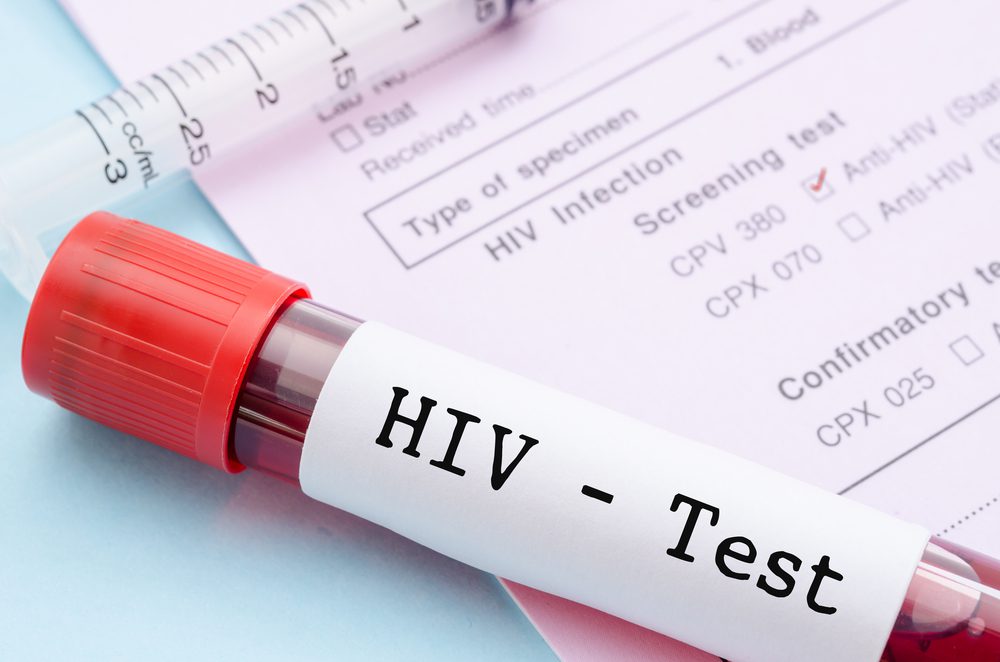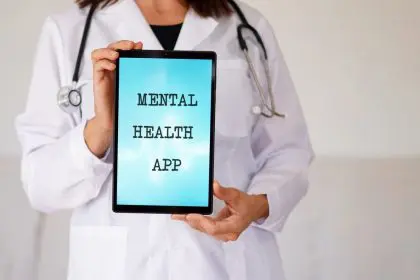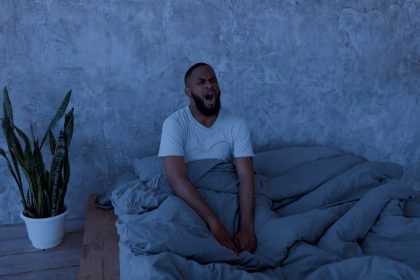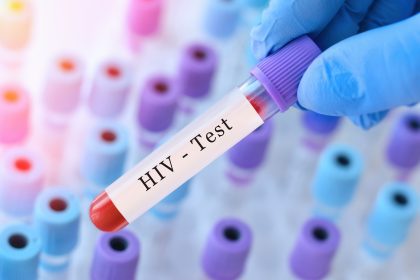That nagging back pain that won’t quit, even after physical therapy? The tension headaches that arrive like clockwork? The mysterious digestive issues no diet seems to fix? Before you schedule another specialist appointment, it might be worth considering an unexpected culprit: unprocessed guilt.
The connection between emotions and physical pain isn’t some woo-woo wellness trend. It’s hard science that’s revolutionizing how we understand chronic pain. And guilt—that uncomfortable feeling of having done something wrong—appears to have a particular talent for manifesting as physical discomfort when we don’t address it directly.
Let’s explore how your unacknowledged guilt might be speaking through your body, and what you can do about it.
The brain doesn’t separate emotional and physical pain
Here’s something wild about your brain: it processes emotional and physical pain in many of the same neural regions. The dorsal anterior cingulate cortex and the anterior insula activate whether you’re experiencing rejection or a paper cut. This shared neural circuitry helps explain how emotional states can manifest as genuine physical sensations.
Guilt is particularly potent in triggering this crossover. As a social emotion designed to maintain group harmony, guilt evolved to be uncomfortable enough to change behavior. That discomfort isn’t just metaphorical—it’s neurologically similar to physical pain.
When you feel guilty about something, your brain essentially sends pain signals as a warning mechanism. If you acknowledge and address the guilt, those signals typically subside. But when guilt is suppressed, denied, or unprocessed, those pain signals can become chronic, creating physical symptoms that seem disconnected from their emotional source.
This isn’t imaginary pain. Brain imaging shows that the neural activity during emotional pain creates the same patterns as physical injury. Your back really does hurt. Your headaches aren’t invented. Your gut really is inflamed. The surprising part is what’s triggering them.
Why guilt has a special relationship with your nervous system
All emotions can affect your physical state, but guilt seems particularly skilled at creating persistent physical symptoms. This unique relationship comes from guilt’s specific evolutionary purpose.
Unlike many emotions that serve primarily as internal signals, guilt evolved specifically to change behavior in ways that maintain social bonds. It’s an emotion designed to make you uncomfortable enough to make amends, repair connections, or avoid repeating actions that harm others.
This external focus means guilt activates both your sympathetic nervous system (fight-or-flight) and your parasympathetic nervous system (rest-and-digest) simultaneously. This unusual combination creates a state of uncomfortable tension in your body—muscle contraction without release, digestive activation without completion, arousal without resolution.
When this conflict becomes chronic through unresolved guilt, your nervous system gets trapped in a perpetual stress response that your conscious mind might not even recognize. The result? Persistent physical symptoms that don’t respond to typical treatments because they’re being maintained by an emotional loop rather than a physical cause alone.
The secret language of where it hurts
While guilt can manifest anywhere in your body, certain locations appear more commonly associated with specific types of guilt. These patterns aren’t universal, but they offer interesting insights into how emotional conflicts might express themselves physically.
Lower back pain often connects to guilt about responsibilities you feel you’re not meeting—financial obligations, family duties, or work commitments. The lower back symbolically represents support and burden-bearing in many cultural frameworks, making it a common target for guilt about “carrying your weight.”
Neck and shoulder tension frequently relates to moral or ethical guilt—the feeling of having violated your own standards or principles. This physical location connects to the metaphorical idea of carrying a weight on your shoulders or bearing a burden that isn’t physically visible to others.
Digestive issues commonly manifest with guilt about things you’ve “consumed” or taken from others—time, attention, resources, or opportunities. The gut’s role in processing and extracting nutrition makes it a symbolic location for guilt about what you’ve metaphorically “taken in” from the world around you.
Headaches and jaw tension often correlate with guilt about thoughts or words—things you’ve said that hurt others, judgments you’ve made, or beliefs you hold that conflict with your stated values. The head as the location of speech and thought makes it vulnerable to tension when these functions generate guilt.
These patterns aren’t diagnostic tools, but they offer interesting reflective questions when persistent pain resists conventional treatment. The location of your physical discomfort might offer clues about emotional material that needs processing.
The guilt-inflammation connection nobody talks about
One of the most compelling links between guilt and chronic pain involves inflammation—the body’s response to threat or damage. Research shows that unresolved negative emotions, particularly those involving social judgment like guilt and shame, trigger inflammatory responses that persist long after the emotional trigger.
This happens through stress hormones like cortisol, which normally regulate inflammation. When guilt becomes chronic, these regulatory systems become dysregulated. Your body remains in a subtle but persistent inflammatory state that creates real physical symptoms ranging from joint pain to digestive issues to autoimmune flares.
What makes this connection particularly insidious is that once established, this inflammatory response can continue even without conscious awareness of the underlying guilt. Your body essentially develops a conditioned inflammatory response to specific guilt triggers, creating a feedback loop where physical symptoms reinforce emotional distress, which further amplifies physical symptoms.
This inflammation isn’t imaginary or psychosomatic in the dismissive sense. It’s measurable through blood markers like C-reactive protein and interleukin-6. Multiple studies have found that interventions addressing emotional conflicts like guilt can reduce these inflammatory markers more effectively than solely physical treatments for certain types of chronic pain.
The guilt you don’t even know you’re carrying
Perhaps the trickiest aspect of guilt-related pain is that the emotional trigger might not be obvious or conscious. Many people suffering from physical symptoms driven by guilt will insist they don’t feel guilty about anything—and they’re telling the truth as they understand it.
This unconscious guilt generally falls into a few common categories:
Inherited guilt comes from family systems where children absorb the emotional patterns of their parents or ancestors. Maybe your grandmother experienced profound guilt about surviving a tragedy, and that pattern of physical tension was modeled and normalized throughout your childhood. You inherited both the physical pattern and the emotional structure without the original content.
Cultural guilt arises from broader social contexts where certain advantages or privileges create subtle but persistent discomfort. People often experience physical symptoms related to advantages they didn’t personally create but benefit from—class privilege, racial advantage, or resource access that others lack. This creates a background noise of discomfort that manifests physically.
Moral injury occurs when your actions violate your own deeper ethical code, even when those actions were justified or necessary. Healthcare workers, first responders, and others in high-stakes professions often experience this when forced to make difficult choices with no perfect answer. The guilt persists physically even when intellectually they know they made the best possible choice.
Identity guilt happens when aspects of who you are conflict with who you believe you should be. This includes guilt about desires, preferences, or ways of being that contradict your self-image or social expectations. This type of guilt often creates physical symptoms that flare during circumstances that highlight these contradictions.
The common thread is that these forms of guilt operate largely outside conscious awareness while still triggering the physiological stress responses that create pain. This explains why simply thinking about whether you feel guilty often doesn’t resolve guilt-related physical symptoms.
Breaking the pain-guilt cycle requires dual awareness
Addressing pain that stems from unprocessed guilt requires working with both your body and your emotions simultaneously. Neither approach alone tends to create lasting relief, as the untreated dimension simply recreates the problem in the other.
Physical approaches like therapeutic massage, yoga, or physical therapy can release the muscle tension patterns created by chronic guilt. However, without addressing the emotional driver, these patterns typically return after treatment as the nervous system reverts to its established programming.
Similarly, purely psychological approaches like talk therapy often fail to completely resolve physically-manifested guilt because they don’t address the somatic patterns that have become self-perpetuating. You might intellectually process the guilt while your body continues running its established pain program.
The most effective approaches combine somatic awareness with emotional processing:
Body-focused psychotherapy approaches like Somatic Experiencing or Hakomi help identify where and how guilt manifests physically, then use that awareness to access and process the underlying emotional material.
Mindfulness practices that specifically focus on the connection between physical sensations and emotional states help break the automatic cycle of guilt triggering pain. Regular practice creates a gap between the trigger and the physical response where new choices become possible.
Physical practices with emotional awareness like certain forms of yoga, tai chi, or dance therapy use movement to release physical tension while simultaneously addressing the emotions stored in those tension patterns.
Expressive writing that combines emotional disclosure with detailed attention to physical sensations helps integrate the cognitive understanding of guilt with its bodily manifestations.
The common thread in effective approaches is that they neither reduce everything to psychology nor treat the body as separate from emotions. Instead, they work with the reality that mind and body form a single integrated system where change in one aspect necessitates change in the other.
The unexpected gifts hidden in guilt-driven pain
While the connection between guilt and physical pain can create significant suffering, it also offers a unique opportunity for growth and integration. Your body’s physical symptoms might actually be delivering important information that your conscious mind has been avoiding or overlooking.
Pain that stems from unprocessed guilt can serve as a powerful catalyst for addressing aspects of yourself or your life that need attention. Unlike purely physical pain that simply signals damage, emotionally-driven pain often points toward meaningful change that aligns your actions more closely with your values.
Many people report that resolving guilt-related pain leads to significant life improvements beyond just symptom relief. Relationships improve as hidden conflicts are addressed. Career decisions align more authentically with personal values. Self-understanding deepens as previously unconscious patterns become available for integration.
This doesn’t mean pain should be romanticized or that suffering is necessary for growth. Rather, it suggests that when conventional approaches to chronic pain fail, exploring the potential emotional dimensions—particularly unresolved guilt—might reveal not just a path to symptom relief but an opportunity for meaningful personal development.
The body keeps the score, as trauma expert Bessel van der Kolk famously noted. But this scorekeeping isn’t simply punitive. It’s also informative, directing our attention to emotional material that needs processing for our overall wellbeing. Your pain might be physically real while simultaneously carrying an emotional message worth decoding.
By approaching persistent physical symptoms with curiosity about their potential connection to unresolved guilt, you open the door to healing that addresses both the physical discomfort and its emotional underpinnings. This integrated approach often succeeds where treatments targeting only the physical symptoms have failed.
Your body speaks a complex language where sensations and emotions intertwine. Learning to listen to this language might be the missing piece in resolving pain that has resisted all other approaches.
















